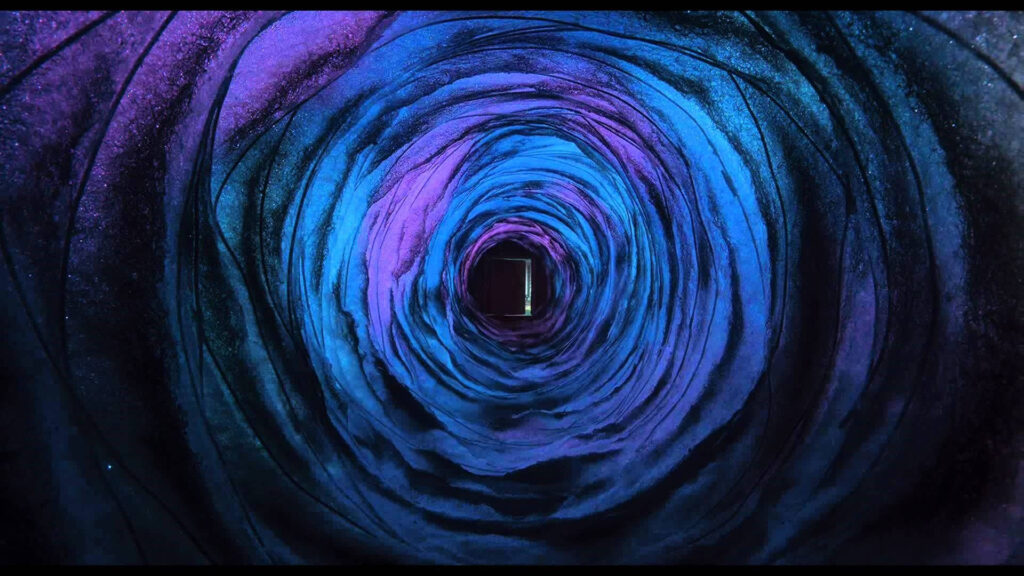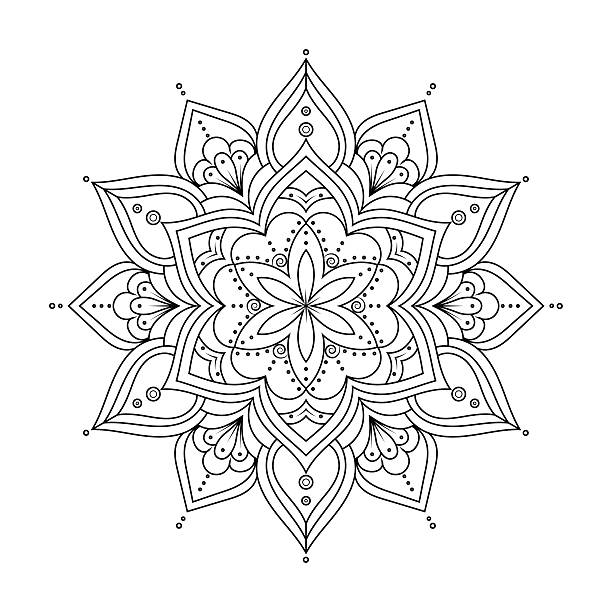After watching Casey Reas’ Eyeo talk on chance operations, I really connected with his idea that randomness can be a powerful tool in creating art. I agree so much with him that allowing chance into a process can lead to results you might never imagine on your own. For example, in the video he shows sketches where simple rules create shapes, but each time the program runs, the shapes move slightly, overlap differently, or appear in new patterns. Even though the rules stay the same, the randomness makes every version unique and surprising. I found this really inspiring because it shows that art doesn’t have to be completely planned; the program can explore possibilities for you, almost like collaborating with the computer. I also thought about how he balances control and chance, which is something I want to apply in my own work. In the examples, he defines limits for where shapes can appear, what size they can be, or how colors can change, so the random elements stay within a certain framework. This makes the final work look intentional instead of chaotic. Watching this made me think about my own sketches. It’s exciting to see how even small random variations can make something feel more alive and dynamic.
I think the best balance between total randomness and complete control is when you set limits for the random parts but keep the main structure planned. In my own sketches, I could let things like pupils or stars move randomly in a small area while keeping the rest of the portrait fixed. This way, randomness adds fun and surprise without making the piece messy. The talk also raises some questions for me: How do artists decide how much randomness to allow without losing the overall vision? And if a program can produce interesting art automatically, does that mean anyone can make art, or is there still something unique about the artist’s choices? Also how do you design rules that are structured enough to guide the outcome but still leave space for randomness to create interesting variations? These are things I want to explore as I experiment more with random elements in my own work.



